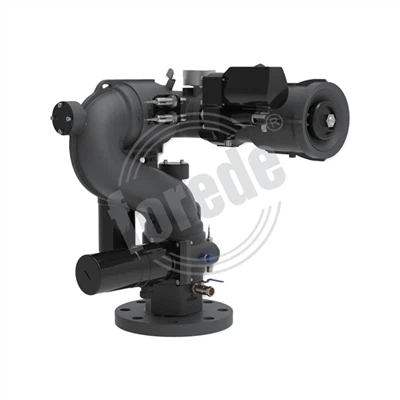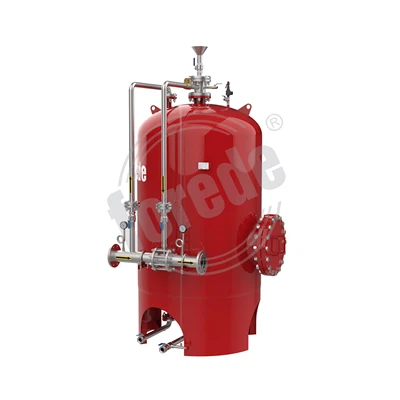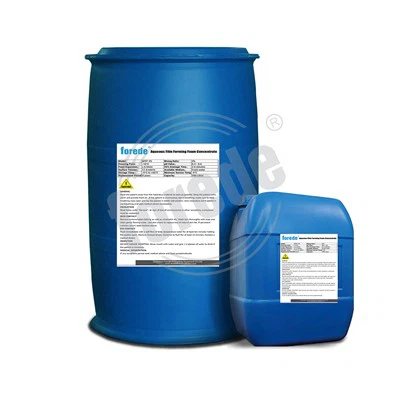
Fire Sprinkler Systems and Fire Protection Valve Systems
Introduction
In modern fire protection engineering, Fire Sprinkler Systems and Fire Protection Valve Systems are two core components that work in close coordination to detect, control, and extinguish fires. While each system has its distinct function, they are interdependent and must operate seamlessly to ensure optimal fire suppression and safety.
What is a Fire Sprinkler System?
A Fire Sprinkler System is an automated fire suppression system that discharges water (or sometimes foam) over a fire once the temperature at the sprinkler head reaches a certain threshold. It typically consists of:
Sprinkler heads
Piping network
Water supply system
Control valves and alarms
Sprinkler systems are commonly found in commercial buildings, factories, warehouses, and residential high-rises, and are designed to activate locally, only where the heat from a fire is detected.
What is a Fire Protection Valve System?
A Fire Protection Valve System is a collection of specialized valves used to control, isolate, or regulate the flow of water in a fire protection network. These valves are crucial for the operation, maintenance, and integrity of fire sprinkler and other fire suppression systems. Key types of fire protection valves include:
Alarm valves
Deluge valves
Dry valves
Check valves
Gate valves
Pressure-reducing valves
Butterfly valves
These valves help ensure that water is available, controlled, and directed correctly when a sprinkler or fire suppression system activates.
Here's a clear and concise overview of Fire Sprinkler Systems and Fire Protection Valve Systems, along with how they are related:
Fire Sprinkler Systems and Fire Protection Valve Systems
🔥 Fire Sprinkler Systems
A Fire Sprinkler System is an active fire protection method designed to automatically detect and suppress fires through water discharge. It consists of a network of piping, sprinkler heads, and water supply, activated by heat from a fire.
Key Components:
Sprinkler Heads: Activate individually when heat reaches a certain temperature.
Piping Network: Delivers water from the supply to the sprinkler heads.
Water Supply: Can be a municipal line, water tank, or fire pump.
Types of Sprinkler Systems:
Wet Pipe Systems – Always filled with water, immediate response.
Dry Pipe Systems – Filled with pressurized air, water fills when a sprinkler activates.
Pre-action Systems – Require a detection system to activate.
Deluge Systems – All sprinklers open; water flows when a valve opens (used in high-hazard areas).
🔧 Fire Protection Valve Systems
Fire Protection Valves are critical control components within fire protection systems. They regulate, direct, or control the flow of water or other extinguishing agents.
Common Fire Protection Valves:
Alarm Valves – Trigger alarms when water flows to sprinkler heads.
Control Valves (OS&Y, Butterfly) – Allow manual control of water flow.
Check Valves – Prevent backflow in the system.
Pressure-Reducing Valves – Maintain safe water pressure.
Deluge and Pre-action Valves – Used in specific system types (e.g., deluge or pre-action systems).
🔗 Relationship Between the Two
Integrated Function: Fire protection valves control and manage the flow of water in fire sprinkler systems.
Dependency: A sprinkler system relies on a network of valves to operate correctly-controlling when and how water is released.
Safety Assurance: Valves ensure reliability, isolate faulty sections, regulate pressure, and trigger alarms when needed.
✅ Summary
| Fire Sprinkler System | Fire Protection Valve System |
|---|---|
| Distributes water to suppress fires | Controls flow, pressure, and direction |
| Uses sprinkler heads to release water | Includes valves like alarm, check, deluge |
| Activates automatically by heat | Operates manually or automatically |
| Depends on valve systems to function | Forms the control backbone of the system |




















